Week 8
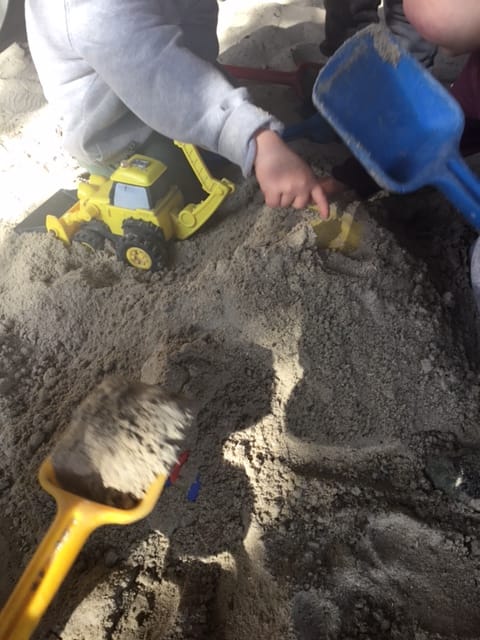
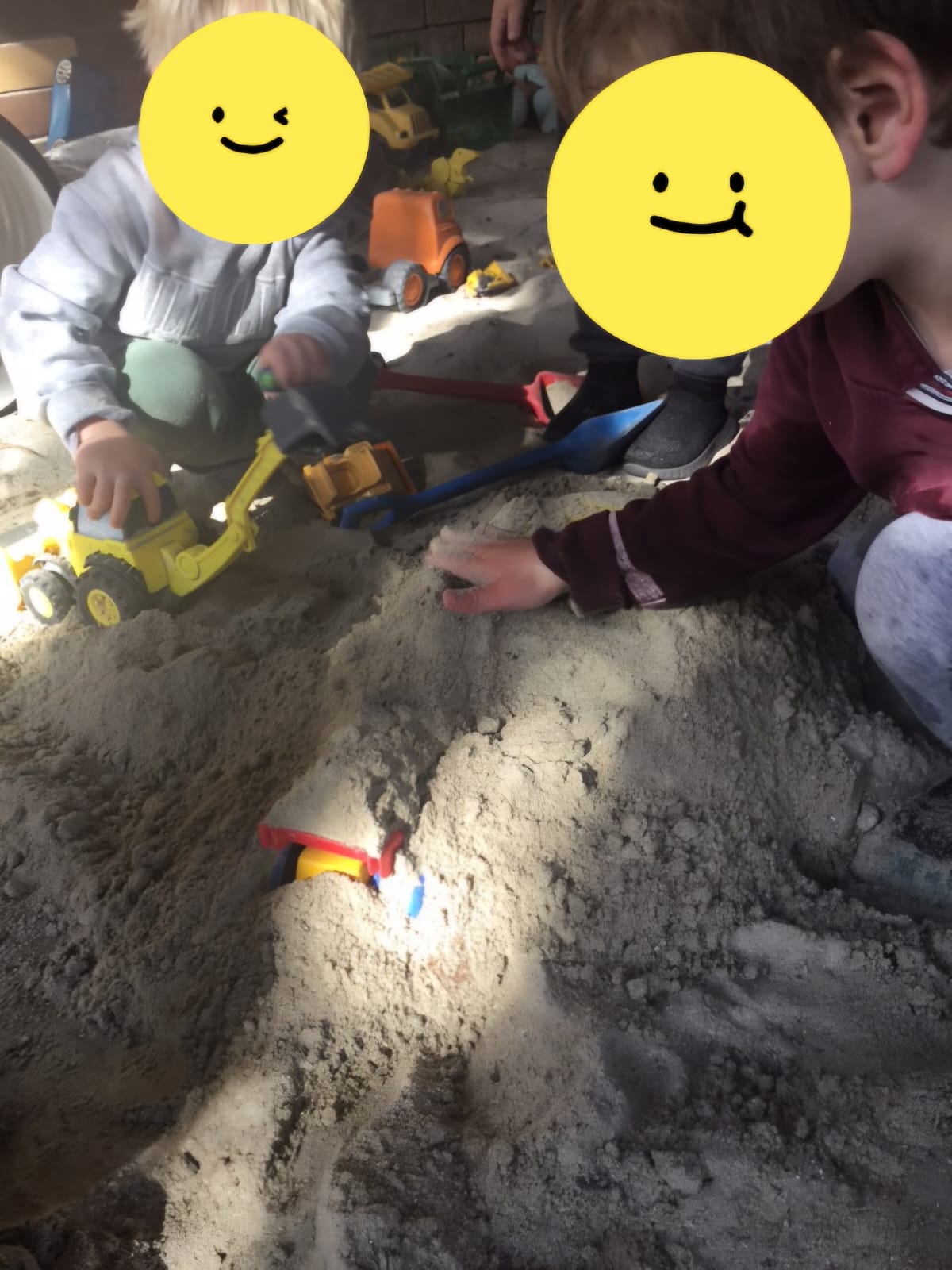
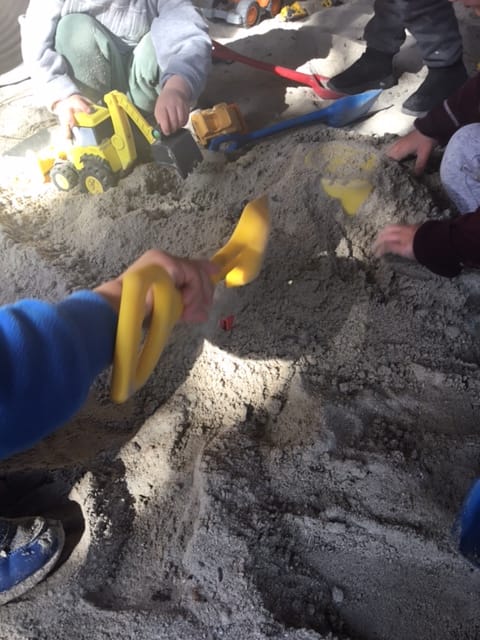
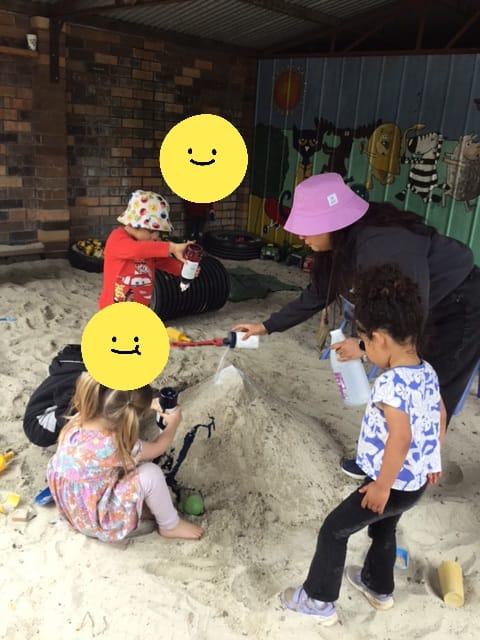
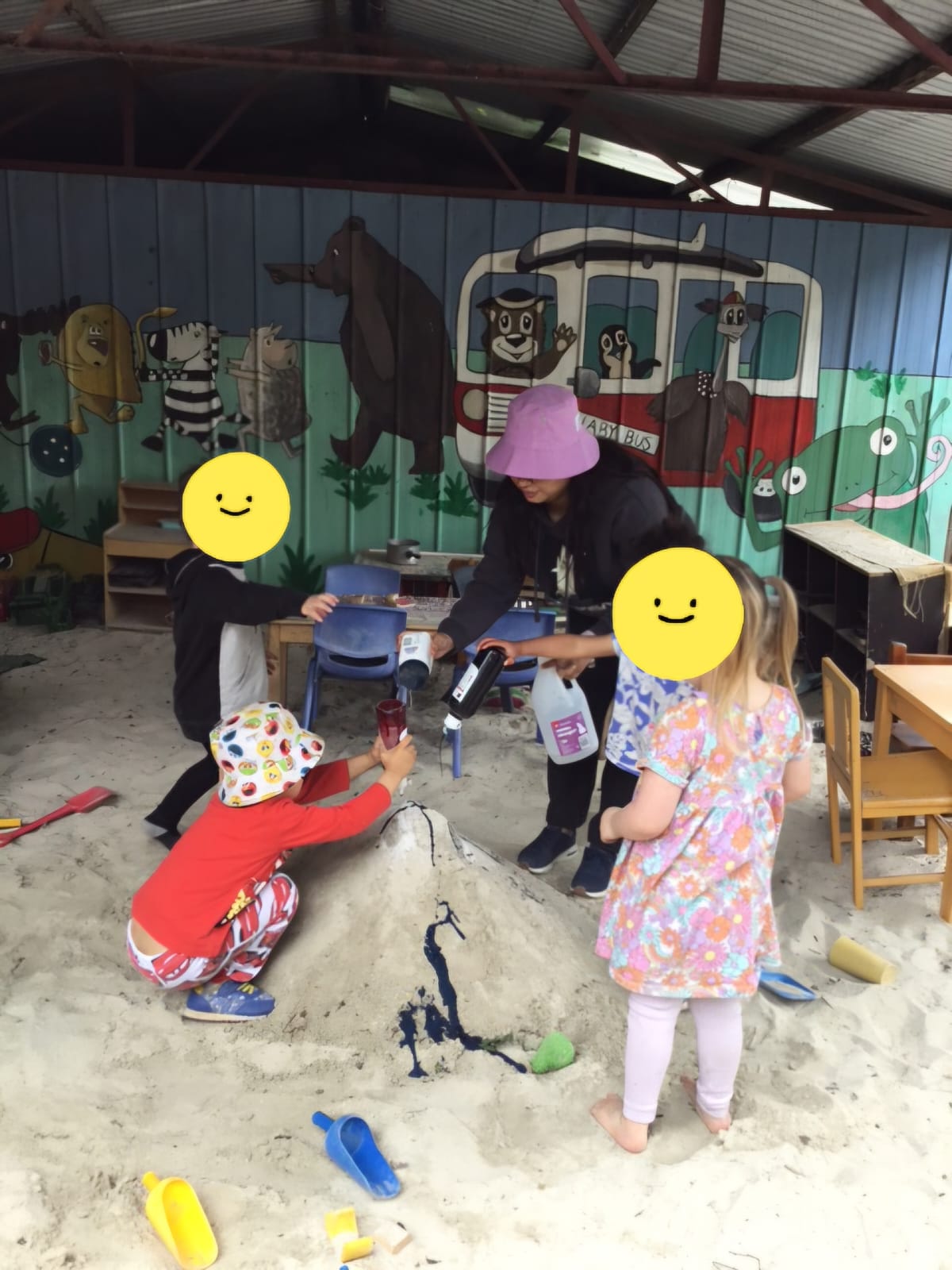
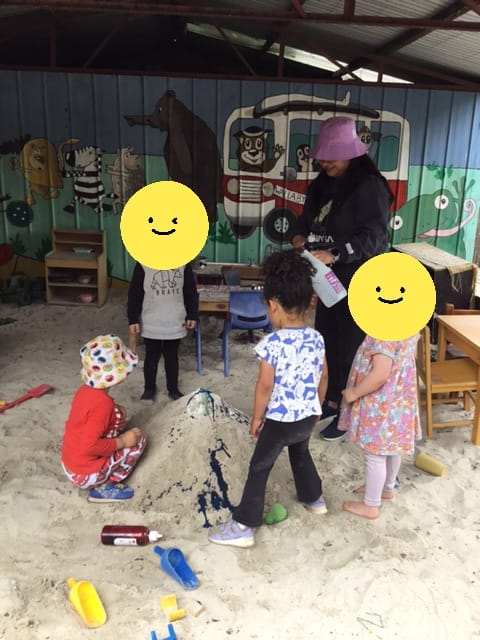

This week, I facilitated an engaging learning experience for the children as they were busy constructing and building various things in the sandpit. When I approached them to ask what they were creating, they excitedly informed me that they were making a volcano. Using diggers and shovels, they worked hard until their volcano was complete. However, when they added water to it, the sand collapsed, which left one child feeling upset and frustrated.
Recognizing the child’s feelings, I assured them that I would find materials that could help create a real volcano effect. I adopted critical pedagogy, which is essential in addressing the emotional needs of children and guiding them through their frustrations (Porter, 2016). During our conversation, I discovered that the child was disappointed because the water did not produce the bubbling effect they had anticipated (Tamsin Grimmer, 2022). To help solve the issue, I promised that we would conduct a simple volcano experiment the next day.
When the next day arrived, the child was eager to engage with me again. They grabbed my hand and led me back to the sandcastle to make the volcano. I collected the necessary ingredients from the kitchen like bicarbonate soda, food colouring, and vinegar and presented them to the children. They eagerly grabbed shovels and helped me recreate the volcano.
As we began our experiment, the children expressed a desire to independently add ingredients, so we took turns allowing each child to contribute. When we mixed the ingredients, big bubbles began to form, and the children’s excitement soared. They were thrilled to share their experiences, and we engaged in a discussion about how the chemical reactions created the volcanic effect. This science experience sparked their curiosity and learning. Throughout the week, we experimented with different colours, creating a rainbow effect, and the children used various tools to construct even taller volcanoes. I encouraged every child to participate, while also respecting those who choose not to take part. This approach ensured that we honoured each child’s autonomy, aligning with the principles of the Early Years Learning Framework (EYLF), particularly Outcome 1, Children have a strong sense of identity, and Outcome 4, Children are confident and involved learners (AGDE, 2022).
To manage frustration and emotional responses, I implemented strategies consistent with emotional regulation practices, such as acknowledging feelings, providing reassurance, and fostering an environment where children feel comfortable expressing their emotions (Arthur, Beecher and Death, 2020). This not only supported their ongoing emotional development but also reinforced the importance of collaborative learning experiences (Irving and Carter, 2018). By addressing their frustrations through engaging in scientific inquiry, I helped the children navigate their emotions and discover the excitement of learning through hands-on exploration (Irving and Carter, 2018).